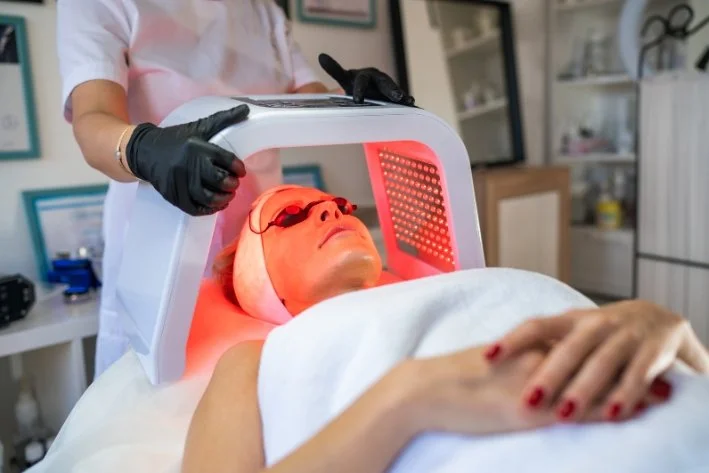Actinic Keratoses
Actinic keratoses (AKs) are common, sun-induced skin lesions that serve as an important warning sign for future skin cancer risk. Early diagnosis and treatment can help prevent progression to more serious conditions and maintain healthy skin.
AKs develop after years of cumulative ultraviolet (UV) exposure, especially UVB rays. They are most often seen in people with fair skin (Fitzpatrick I–II), those who spend significant time outdoors, and individuals with a history of sunburn or skin cancer. Other risk factors include older age, immunosuppression (such as after organ transplantation), and outdoor occupations.
what do ak’s look like?
Rough, scaly, or sandpaper-like patches or spots
Most commonly found on sun-exposed areas: face, scalp, forearms, and the backs of hands
Lesions may be pink, red, or skin-coloured, sometimes tender to touch
Can present as flat patches, slightly raised bumps, or thickened (hypertrophic) lesions
May occasionally appear as actinic cheilitis (on the lips)
Often, these spots are easier to feel than to see.
why is it important to treat actinic keratoses?
Actinic keratoses are considered precancerous—they are made up of abnormal skin cells (atypical keratinocytes) and have the potential to progress to squamous cell carcinoma (SCC) if left untreated. The surrounding “field” of sun-damaged skin may also harbour invisible changes (field cancerisation), so ongoing monitoring and comprehensive treatment are essential.
how are actinic keratoses treated?
Treatment is tailored to the number, size and location of lesions, as well as your skin type and risk factors. Options of treatment include:
Cryotherapy: (freezing with liquid nitrogen): the most common approach for individual spots
Curettage and electrodessicaton: removal of thicker or stubborn lesions
Topical creams: (such as 5-fluorouracil or imiquimod) are applied over affected skin areas for several weeks, causing visible inflammation as abnormal cells are cleared
Photodynamic Therapy (PDT): a light-based treatment that targets sun-damaged cells, particularly effective for the face and scalp. Learn more about PDT
Sun protection: daiily use of SPF 50+ sunscreen and sun avoidance are crucial to prevent new lesions
Ready to Take the Next Step?
Book a consultation with Dr Liz Dawes-Higgs at Northern Sydney Dermatology & Laser to receive expert, personalised dermatology care and discover the best treatment options for your skin damage.
Book Now
This page is for general information only and does not replace individual medical advice. For personalised care, please book a consultation.

